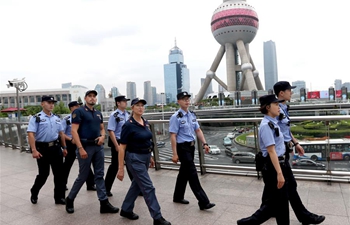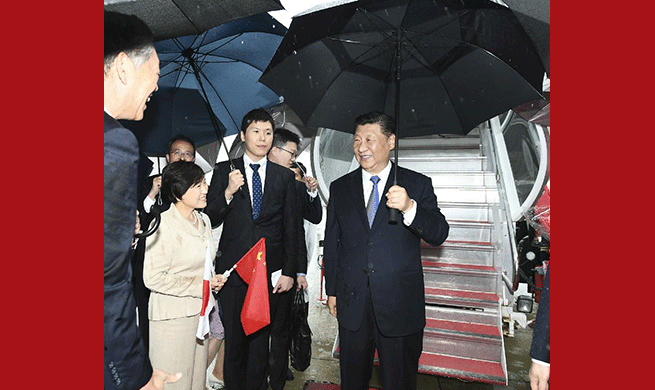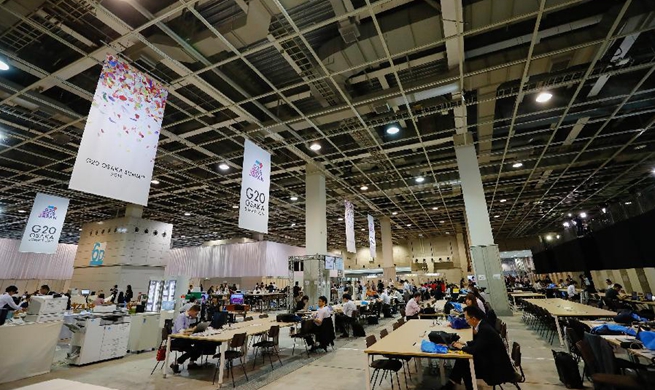BEIJING, June 27 (Xinhua) -- As China beefs up financial support and implements tax and fee cuts, small and micro enterprises are seeing easier financing channels and surging capital inflows that revitalize their development.
On Wednesday, the State Council announced new measures to ease financing bottleneck of small and micro enterprises, with improvement to be made in the market quotation interest rate mechanism for commercial banks' loans and more support be given to various financing channels such as bond issuance.
Financial institutions are encouraged to issue more bonds this year than 2018, striving to top 180 billion yuan (about 26.18 billion U.S. dollars) in 2019.
China has been stepping up monetary support as well as fiscal policies to transfuse "fresh blood" into enterprises and bolster the real economy amid external uncertainties.
The measures have gradually taken effect. The growth rate of banks' outstanding loans to small and micro enterprises snapped a five-quarter downward streak and rebounded 0.62 percentage points to 9.56 percent at the end of the first quarter this year, according to Wang Qing, chief analyst with Golden Credit Rating International.
Notably, outstanding inclusive loans to small and micro enterprises soared 19.1 percent, up 3.9 percentage points compared with the end of last year, Wang said.
On the fiscal front, newly-introduced tax and fee cuts have increased markedly in the first five months of this year, amounting to a total of 893 billion yuan, according to statistics from the State Administration of Taxation.
Specifically, inclusive tax and fee cuts for small and micro enterprises stood at 66.8 billion yuan, with private businesses and individual industrial and commercial households being benefited the most as a group and accounting for 83.4 percent of the tax credit.
Together with measures including value-added tax reform, the tax and fee cuts have played an important role in stimulating market vitality, countering the downward economic pressure and stabilizing employment, said Vice Premier Han Zheng.
More credit support will also be channeled to the manufacturing and services sectors, with the former seeing higher outstanding total loans, medium- and long-term loans and credit loans this year than in 2018, according to the statement released after an executive meeting of the State Council Wednesday.
In addition to bank loans, regulators are also mulling measures to support equity financing, offering small and micro enterprises an alternative to get funds.
Bank loans currently constitute as high as 80 percent of the financing, resulting in a lack of necessary support for the incubation of small and micro enterprises and other innovative enterprises, according to Guo Shuqing, chairman of the China Banking and Insurance Regulatory Commission.
Compared with bank loans, equity financing usually has a longer horizon and higher risk appetite, which helps small and micro enterprises optimize their financing structure, decrease debt financing proportion and leverage ratios and free up more capital for them to invest in long-term development, said Zeng Gang, deputy director of the National Institution for Finance & Development.
On the other hand, it usually generates a higher return for the banks to cover their costs so that they are able to lend more to small and micro enterprises, Zeng added.

















